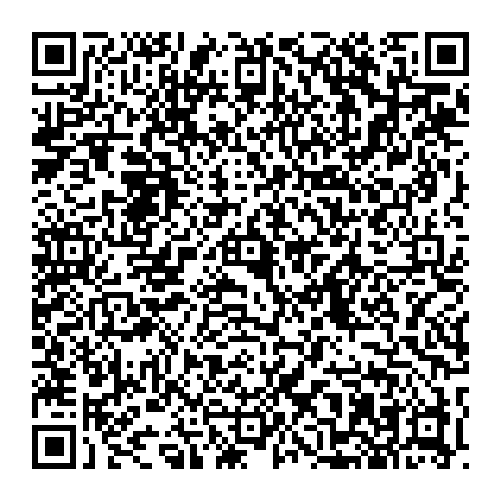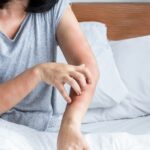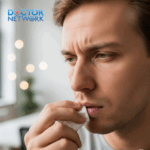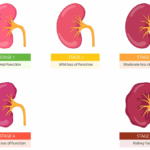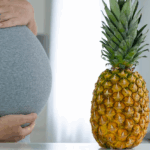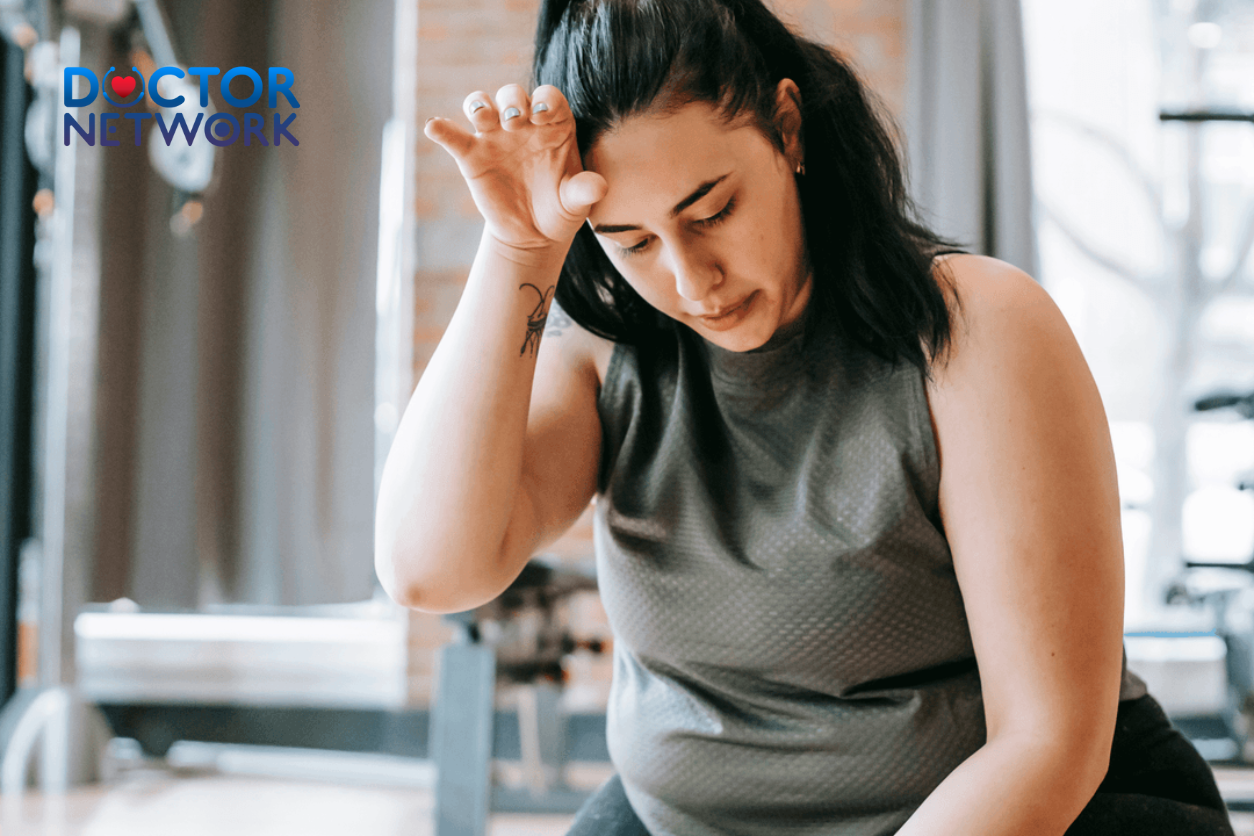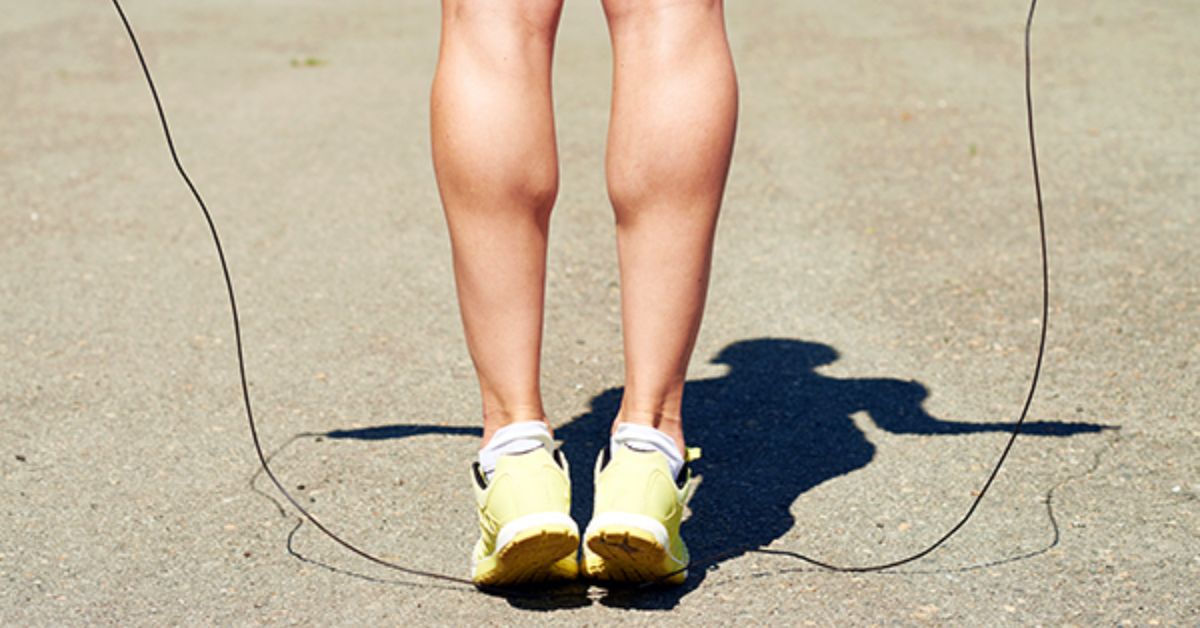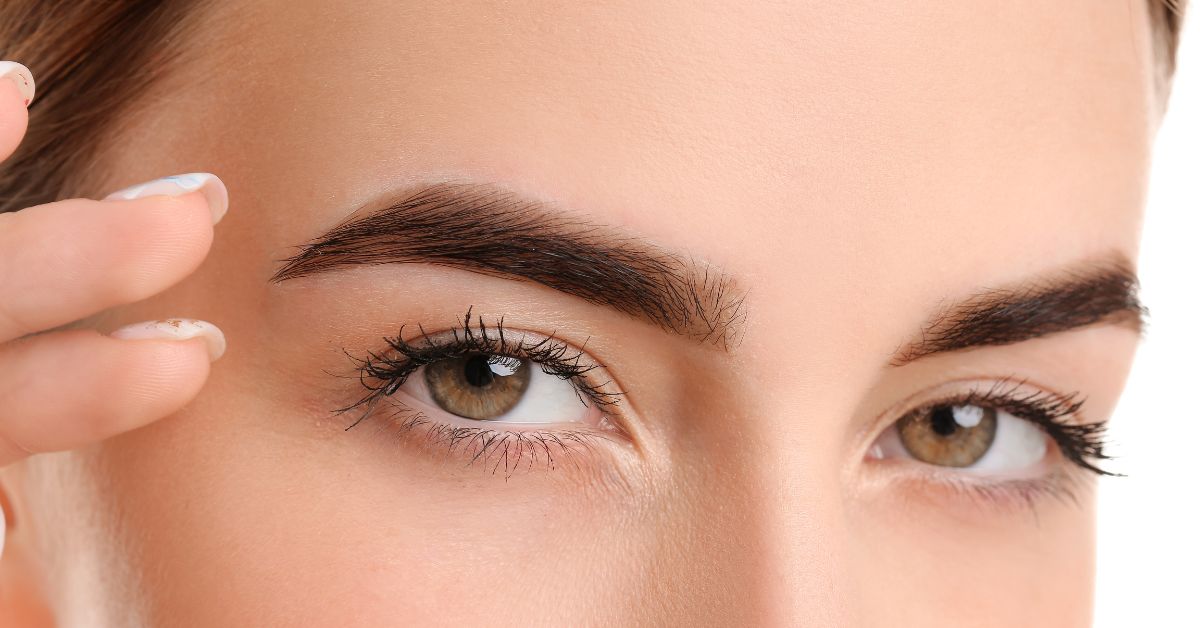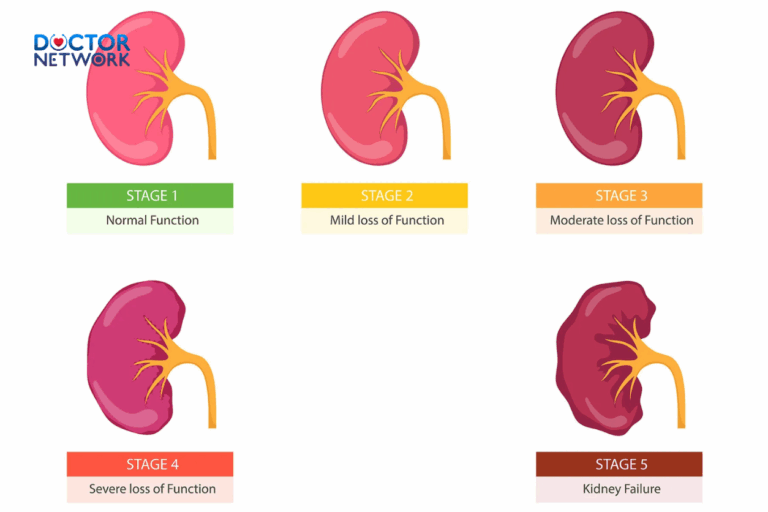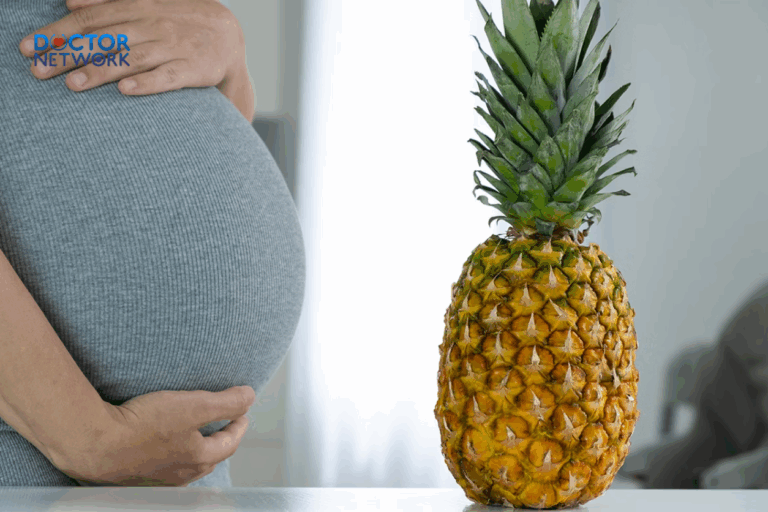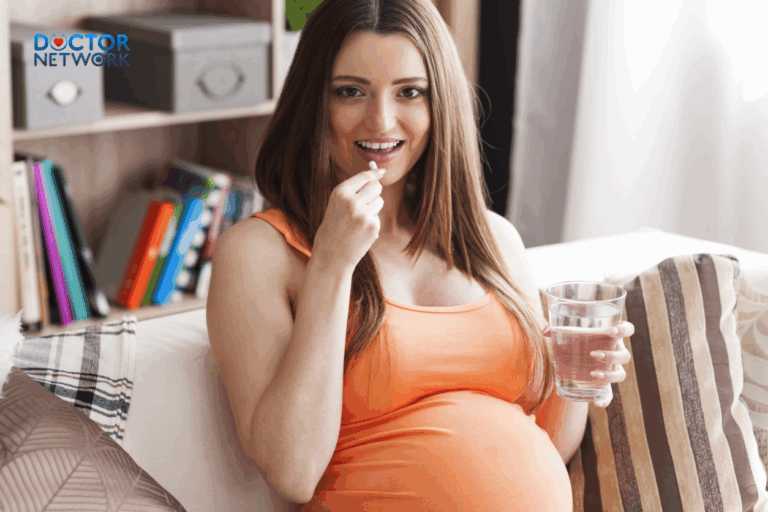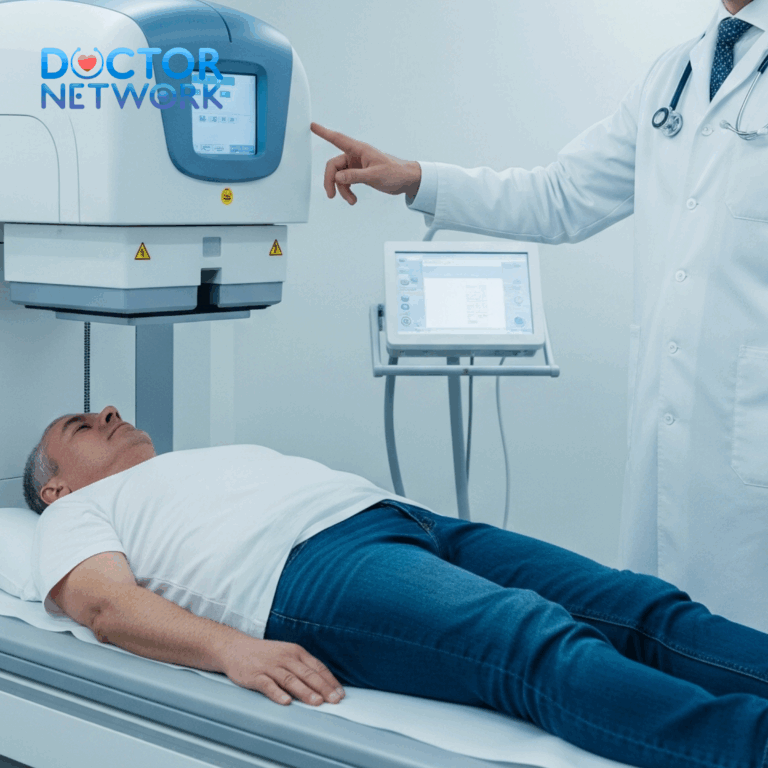The pursuit of a sun-kissed glow remains one of the most popular beauty goals worldwide, yet understanding UV radiation and the UV Index is crucial for minimizing serious health risks while tanning. Tanning represents visible skin damage caused by ultraviolet radiation, and no truly “healthy tan” exists. Any UV exposure increases your risk of skin cancer, premature aging, and other dermatological complications. However, for those who choose to tan despite these risks, this comprehensive guide provides evidence-based strategies to minimize harm while achieving desired results.
“What uv is good for tanning?” – This article covers essential topics including UV radiation types, UV Index interpretation, Fitzpatrick skin type classification, protective measures, serious health risks (sunburn, photoaging, melanoma), and safer alternatives to traditional sun tanning. Understanding these concepts empowers you to make informed decisions about sun exposure while prioritizing long-term skin health.
Understanding UV Radiation
Ultraviolet radiation consists of electromagnetic waves emitted by the sun that are invisible to the human eye but profoundly impact skin health and cellular integrity.
The sun emits three distinct types of UV rays that affect human skin differently:
UVA radiation features longer wavelengths that penetrate deeply into the dermis, the skin’s thick middle layer. This radiation type primarily causes photoaging, including premature wrinkles, age spots, and loss of skin elasticity. UVA rays contribute significantly to tanning responses while causing direct DNA damage and immune system suppression. Tanning beds predominantly emit UVA radiation, making them particularly dangerous for long-term skin health.
UVB radiation produces shorter wavelengths that primarily affect the epidermis, the outermost skin layer. These rays cause sunburn and play a pivotal role in skin cancer development, particularly basal cell carcinoma and squamous cell carcinoma. UVB radiation stimulates melanin production, creating the protective tanning response that darkens skin pigmentation.
UVC radiation generates the shortest, most damaging wavelengths but poses minimal concern for typical sun exposure. The Earth’s ozone layer absorbs almost all UVC radiation before it reaches the surface, making it irrelevant for conventional tanning considerations.
Understanding the UV Index (UVI)
The UV Index measures the strength and intensity of ultraviolet radiation reaching Earth’s surface at specific times and locations, providing a standardized scale for assessing sun exposure risks.
The UVI scale ranges from 0 (minimal risk) to 11+ (extreme risk), with higher values indicating greater potential for rapid skin damage. Canadian scientists originally developed this measurement system to help the public understand daily UV exposure levels and make informed decisions about sun protection.
Several environmental factors significantly influence daily UV Index readings:
Time of day creates the most dramatic variations, with UV intensity peaking between 10 AM and 4 PM when the sun reaches its highest angle. Seasonal changes generally produce the highest UV levels during spring and summer months when Earth’s tilt brings regions closer to direct solar radiation. Altitude increases UV exposure substantially, with every 1,000 feet of elevation adding approximately 4% more UV intensity.
Geographic location determines baseline UV levels, with equatorial regions experiencing consistently higher readings than polar areas. Cloud cover provides limited protection, allowing up to 80% of UV radiation to penetrate overcast skies. Atmospheric ozone levels directly affect UV transmission, with ozone depletion increasing ground-level radiation intensity.
The Science Behind UV Index Calculations
The UV Index calculation incorporates both UVA and UVB radiation intensities, weighting them according to their erythema (sunburn) potential. This complex algorithm considers atmospheric conditions, solar angle, and geographic variables to produce standardized risk assessments. The weighting system emphasizes UVB radiation’s burn-causing potential while accounting for UVA’s deeper penetration and long-term damage effects.
You can check current UV Index levels through local weather forecasts, smartphone weather applications, regional UV mapping services, and meteorological websites that provide real-time atmospheric data.

The “Ideal” UV Index for Tanning (and Why Caution is Paramount)
UV Index 3-5 represents the moderate range most commonly cited as “ideal” for tanning purposes. This range provides sufficient intensity to stimulate melanin production while maintaining relatively lower risks of severe acute damage when proper precautions are implemented. The World Health Organization considers this range manageable for controlled sun exposure with appropriate protective measures.
UV Index 6-7 (High category) allows tanning but significantly increases skin damage and sunburn risks. This range demands heightened caution, shorter exposure periods, and comprehensive protective strategies including broad-spectrum sunscreen, protective clothing, and frequent shade breaks.
UV Index 8-10 (Very High category) presents substantial harm potential with rapid sunburn onset and greatly elevated risks of long-term damage and skin cancer development. Protective measures become absolutely essential, and exposure time must be severely limited regardless of skin type.
UV Index 11+ (Extreme category) requires exposure minimization or complete avoidance. Tanning attempts at this intensity level are strongly discouraged due to severe health consequence risks. Extended exposure at UV Index 8-14 should be avoided entirely, even with maximum protection.
Critical Risk Acknowledgment
Even at UV Index levels below 3, significant health risks persist. The lowest practical tanning threshold occurs around UV Index 2, allowing gradual pigmentation development through very brief exposures lasting 10-15 minutes maximum. However, any intentional UV exposure for cosmetic purposes carries inherent cancer and aging risks that compound over time.
Tailoring Tanning Efforts to Your Skin Type and UV Index
Understanding your skin’s natural sensitivity through the Fitzpatrick Skin Type classification system is essential for determining appropriate UV exposure limits and protective strategies.
The Fitzpatrick scale classifies human skin into six distinct categories based on melanin content and sun exposure responses:
| Fitzpatrick Type | Skin Color | Tanning Response | Burn Tendency | Risk Level |
|---|---|---|---|---|
| Type I | Pale white | Never tans | Always burns easily | Highest |
| Type II | White to light beige | Minimal tanning | Usually burns | High |
| Type III | Light brown | Uniform tanning | May burn | Moderate |
| Type IV | Moderate brown | Easy tanning | Minimal burning | Lower |
| Type V | Dark brown | Profuse tanning | Rarely burns | Low |
| Type VI | Dark brown to black | Deep pigmentation | Never burns | Lowest |
Important note: Even Type V and VI individuals remain at significant risk for photoaging and skin cancer development, despite their enhanced natural protection against burning.
Personalized Risk Minimization Approach
Since no truly safe tanning method exists, the objective becomes minimizing harm for those who choose UV exposure despite health risks.
Step 1: Accurate Skin Type Assessment requires honest evaluation of your historical sun exposure responses. Consider family history, previous burning episodes, and natural pigmentation levels when determining your Fitzpatrick classification.
Step 2: Constant UV Index Monitoring involves checking reliable sources including weather applications, meteorological forecasts, and regional UV monitoring networks before any sun exposure activity.
Step 3: Optimal Timing Selection prioritizes the lowest possible UV Index days and times. Target UV Index 3-5 or lower for beginners and fair-skinned individuals while avoiding peak intensity hours between 10 AM and 4 PM.
Step 4: Maximum Exposure Limit Determination follows conservative guidelines based on skin type and UV intensity:
Safe Exposure Time Guidelines by UV Index and Skin Type
| UV Index | Fair Skin (Types I-II) | Medium Skin (Types III-IV) | Dark Skin (Types V-VI) |
|---|---|---|---|
| 2-3 | 15-30 minutes maximum | 30-45 minutes maximum | 45-60 minutes maximum |
| 4 | 5-15 minutes maximum | 15-30 minutes maximum | 30-45 minutes maximum |
| 5 | Under 5 minutes | 5-15 minutes maximum | 15-30 minutes maximum |
| 6+ | Avoid tanning | Avoid tanning | Extreme caution required |
Critical Protocol: Begin with exposure times significantly shorter than maximum recommendations and increase gradually only if no redness, discomfort, or adverse reactions occur. Stop immediately upon detecting any pinkness, warmth, or irritation.
Step 5: Comprehensive Protection Integration applies protective measures during all tanning sessions regardless of duration or intensity level.
Essential Protective Measures While Tanning (Risk Reduction)
Implementing comprehensive protective strategies significantly reduces UV damage risks while allowing controlled pigmentation development.
Broad-Spectrum Sunscreen Application
Apply sunscreen with SPF 30 minimum for effective protection during tanning activities. SPF 30 blocks approximately 97% of UVB radiation, while SPF 50 blocks 98%, and SPF 100 blocks 99%. Using SPF 30-50 allows gradual tanning while providing substantial risk reduction. Higher SPF values slow tanning progression but offer enhanced protection against cellular damage.
Ensure your sunscreen provides “broad-spectrum” protection against both UVA and UVB radiation. Many products focus primarily on UVB protection while neglecting UVA defense, leaving skin vulnerable to photoaging and immune suppression.
Reapplication protocols require fresh sunscreen every two hours during sun exposure. Apply immediately after swimming, excessive sweating, or towel drying. Use spray formulations for difficult-to-reach areas including scalp, ears, and back surfaces.
Strategic Exposure Time Management
Limit sun exposure sessions and avoid peak UV hours between 10 AM and 4 PM when radiation intensity reaches maximum levels. Structure tanning sessions based on UV Index readings and individual skin type classifications, following conservative time guidelines to prevent overexposure.
Shade Integration and Environmental Awareness
Take regular breaks from direct sunlight by seeking shade under umbrellas, trees, or constructed shelters. Follow the “shadow rule”: when your shadow is shorter than your height, UV intensity is high enough to cause rapid damage, indicating immediate shade-seeking necessity.
Be aware that reflective surfaces including water, sand, concrete, and snow can increase UV exposure by 10-15% through reflection. Cloudy conditions provide limited protection, with up to 80% of UV radiation penetrating overcast skies.
Protective Clothing and Accessories
Wide-brimmed hats with at least 4-inch brims effectively shade face, neck, and ears from direct and reflected UV radiation. Choose hats with dark-colored undersides to minimize reflection onto facial skin.
Sunglasses must provide 100% UVA/UVB protection (UV400 rating) to prevent eye damage, cataracts, and periocular skin cancer. Wraparound styles offer superior protection by blocking peripheral light exposure.
Lightweight, long-sleeved shirts and full-length pants made from tightly woven fabrics provide excellent UV protection. Denim and similar dense weaves block more radiation than loose knits like linen or mesh materials. Consider UPF 50+ rated swimwear and clothing designed specifically for sun protection.
Apply lip balm with SPF 30+ to protect sensitive lip tissue, which is particularly susceptible to UV damage and skin cancer development.
Hydration and Internal Support
Maintain adequate hydration through consistent water intake to support skin health and prevent dehydration-related complications during sun exposure. Proper hydration helps maintain skin’s natural protective barriers and supports cellular repair processes.
The Real Dangers of Tanning and Overexposure
Tanning represents a visible indicator that UV radiation has injured skin cells and triggered protective melanin production in response to DNA damage.
Excessive UV exposure creates multiple serious health risks with both immediate and long-term consequences:
Sunburn Spectrum
Sunburn severity ranges from mild erythema (redness) to severe blistering requiring medical intervention. First-degree burns affect only the epidermis, causing redness, warmth, and mild pain. Second-degree burns penetrate deeper, creating blisters, swelling, and intense pain that may require hospitalization.
Photoaging Acceleration
Premature aging results primarily from UVA radiation depleting collagen, elastin, and other structural skin proteins. This process creates wrinkles, age spots (solar lentigines), loss of skin elasticity, and leathery texture changes. Photoaging accounts for up to 80% of visible facial aging, far exceeding chronological aging effects.
Skin Cancer Development
UV radiation damages cellular DNA, creating mutations that can develop into malignant tumors. Up to 90% of melanoma cases could be prevented through UV exposure avoidance, making sun protection critical for cancer prevention.
Basal Cell Carcinoma represents the most common skin cancer type, typically developing from cumulative UV exposure over decades. These tumors rarely metastasize but can cause significant local tissue destruction if untreated.
Squamous Cell Carcinoma often results from intense, intermittent UV exposure patterns and has higher metastatic potential than basal cell carcinoma. This cancer type frequently develops on sun-exposed areas including face, ears, and hands.
Melanoma originates from melanocyte cells and represents the most dangerous skin cancer form due to its high metastatic potential. Childhood blistering sunburns significantly increase melanoma risk later in life, emphasizing the importance of early sun protection habits.
Additional Health Consequences
Eye damage from UV exposure can cause both acute conditions (photokeratitis, snow blindness) and chronic problems (cataracts, macular degeneration, pterygium). Severe sun poisoning may require hospitalization for fluid replacement, pain management, and infection prevention.
Safer Alternatives to Sun Tanning
Since UV tanning carries inherent health risks, safer alternatives provide cosmetic benefits without cancer and aging consequences.
Self-Tanning Products
Modern self-tanning formulations utilize dihydroxyacetone (DHA), a sugar-derived compound that creates safe browning effects on skin surface layers. DHA reacts with amino acids in dead skin cells, producing natural-looking color without any UV exposure requirements.
Available options include:
- Gradual tanning lotions for subtle, buildable color
- Instant tanning drops that mix with moisturizers
- Professional spray tan applications
- Tinted moisturizers with temporary color effects
Tanning Bed Avoidance
Commercial tanning beds present extreme health risks, emitting UV radiation equivalent to UV Index 12-15, up to 15 times stronger than natural sunlight at sea level. These devices primarily emit UVA radiation, causing accelerated photoaging and dramatically increased melanoma risk.
The FDA strongly urges consumers to avoid tanning bed use due to overwhelming evidence of cancer risk. No safe exposure level exists for artificial UV tanning devices.
Managing and Reversing Sun Damage
Professional dermatological treatments can address existing sun damage and improve visible aging signs through various therapeutic approaches.
Pigmentation Treatment Options
Dark spots and uneven pigmentation respond to laser resurfacing, which removes damaged surface layers while stimulating healthy cell regeneration. Microdermabrasion provides gentler exfoliation for mild pigmentation issues. Chemical peels using glycolic acid, salicylic acid, or TCA help break down excess melanin deposits.
Anti-Aging Interventions
Fine lines benefit from skin peels and microneedling treatments that stimulate collagen production and cellular turnover. These procedures improve skin texture and reduce superficial wrinkles through controlled injury and healing responses.
Deep-set wrinkles may require anti-aging injectables including botulinum toxin for dynamic lines and dermal fillers for volume restoration. These treatments address more advanced photoaging that cannot be reversed through topical interventions alone.
Vascular Damage Correction
Thread veins and broken capillaries respond well to targeted laser treatments that selectively destroy damaged blood vessels while preserving surrounding healthy tissue.
Long-Term Skin Health Monitoring
Regular self-examination for changes in moles, freckles, or skin lesions is essential for early cancer detection. Professional dermatological screenings become increasingly important with significant UV exposure history or previous sunburn episodes.
Ongoing protective measures remain crucial for preventing additional damage and supporting skin’s natural repair processes.
Conclusion
Understanding UV Index measurements and radiation types provides essential knowledge for anyone considering sun exposure for tanning purposes. While UV Index 3-5 represents the moderate range commonly cited for tanning, no UV exposure for cosmetic purposes exists without significant health risks.
Strict protective measures including broad-spectrum sunscreen, strategic timing, protective clothing, and shade integration are vital for minimizing the serious risks of sunburn, photoaging, and skin cancer development. Safer alternatives like self-tanning products provide desired cosmetic results without health consequences.
Prioritizing long-term skin health over temporary cosmetic benefits represents the wisest approach to sun exposure decisions. The cumulative effects of UV damage become irreversible over time, making prevention far more effective than treatment of established photoaging and cancer risks.
Frequently Asked Questions about “What uv is good for tanning?”
1. What is the ideal UV index for safe and effective tanning?
The best UV index for tanning is generally in the moderate range of 3 to 5. At this level, the sun’s rays are strong enough to stimulate melanin production and create a tan, but the risk of skin damage and sunburn is lower compared to higher UV levels. Tanning under a UV index of 3 or below is less effective, while above 5, the risk of burns and skin damage increases significantly.
2. Which types of UV rays contribute to tanning?
Tanning is mainly caused by UVA and UVB rays. UVA rays penetrate deeper into the skin and cause immediate tanning or “bronzing,” but they also contribute to premature skin aging. UVB rays affect the outer skin layer and stimulate melanin production, leading to a tan that develops over time. UVC rays do not reach the Earth’s surface and thus do not contribute to tanning.
3. Is tanning at a higher UV index faster or safer?
While a higher UV index (6-7 or above) can cause faster tanning, it also significantly increases the risk of sunburn and long-term skin damage. Therefore, tanning at high UV levels requires more caution, such as limiting exposure time and using sunscreen. Very high UV indices (8+) are not recommended for tanning due to the high risk of skin damage.
4. Does having a “base tan” protect against sunburn?
A “base tan” results from UV-induced DNA damage in skin cells and provides only limited protection. Although it may allow a person to stay longer in the sun without burning, DNA damage still occurs, increasing the risk of skin cancer. Thus, a base tan is not a safe way to prevent sunburn or skin damage.
5. What safety measures should be taken when tanning under UV exposure?
To tan safely, it is recommended to:
- Use broad-spectrum sunscreen with at least SPF 30, applied 15 minutes before sun exposure and reapplied every two hours or after swimming/sweating.
- Limit tanning time according to your skin type and the UV index.
- Wear protective clothing and accessories like hats and sunglasses.
- Stay hydrated and seek shade when UV levels are high.
Alternative tanning methods such as self-tanners or spray tans can provide a tan without UV exposure.
References
UVB (290-320 nm wavelength): The “Building” Ray
Mechanism: UVB rays are more energetic than UVA. They penetrate the outer layer of the skin (epidermis) and directly damage the DNA in skin cells (keratinocytes and melanocytes). In response to this damage, melanocytes are stimulated to produce more melanin (the pigment that gives skin its color). This process is called melanogenesis.
Effect: This leads to a delayed tan, which typically appears 2-3 days after exposure, darkens for several days, and can last for weeks or months. This type of tan offers some (though limited) protection against future sun damage because the increased melanin helps to absorb and scatter UV radiation. UVB is also the primary cause of sunburn.
Evidence/Research:
Study: Parrish, J. A., Jaenicke, K. F., & Anderson, R. R. (1982). Erythema and melanogenesis action spectra of normal human skin. Photochemistry and Photobiology, 36(2), 187-191.
Finding: This foundational study helped delineate the action spectra for erythema (sunburn) and melanogenesis, showing UVB’s significant role in stimulating melanin production. The peak effectiveness for stimulating new melanin production (delayed tanning) is in the UVB range.
Author/Concept: Holick, M. F. (numerous publications on Vitamin D and photobiology, e.g., “Vitamin D: importance in the prevention of cancers, type 1 diabetes, heart disease, and osteoporosis” in The American Journal of Clinical Nutrition, 2004).
Finding (related): While focused on Vitamin D, Holick’s work extensively covers the biological effects of UVB on the skin, including the stimulation of melanocytes as part of the skin’s adaptive response to UV radiation. The same UVB rays that trigger vitamin D synthesis are also those that trigger melanogenesis.
UVA (320-400 nm wavelength): The “Darkening” Ray
Mechanism: UVA rays penetrate deeper into the skin (into the dermis) than UVB. They primarily cause the oxidation and redistribution of pre-existing melanin that is already present in the skin cells. This process is called Immediate Pigment Darkening (IPD). UVA can also contribute to melanogenesis, but to a much lesser extent than UVB.
Effect: This results in a tan that appears quickly (within minutes to hours of exposure) but is usually temporary and fades within hours to a few days. This IPD offers very little protection against subsequent UV damage. UVA rays are also strongly associated with skin aging (photoaging – wrinkles, leathery skin) and can contribute to skin cancer.
Evidence/Research:
Study: Pathak, M. A., & Fanselow, D. L. (1983). Photobiology of melanin pigmentation: dose/response of skin to UVA radiation. Journal of the American Academy of Dermatology, 9(5), 724-733.
Finding: This paper discusses the mechanisms of UVA-induced pigmentation, focusing on IPD. It details how UVA oxidizes melanin precursors and existing melanin to cause a rapid but transient darkening.
Review/Textbook Knowledge: Authors like Diffey, B.L. (e.g., “Sources and Measurement of Ultraviolet Radiation,” Methods, 2002) and general dermatological textbooks (e.g., “Fitzpatrick’s Dermatology in General Medicine”) describe the different effects of UVA and UVB.
Finding (consensus): The scientific consensus is that UVA primarily causes IPD by acting on existing melanin, while its role in stimulating new melanin production is much less efficient than UVB. UVA also plays a role in darkening the melanin newly produced by UVB stimulation.
Summary of “Effectiveness” for Tanning:
For stimulating NEW melanin production (longer-lasting tan): UVB is more “effective.”
For immediate, temporary darkening of existing melanin: UVA is more “effective.”
For a typical “sun tan”: It’s a combination. UVB initiates the melanogenesis process, and both UVB and UVA contribute to the eventual color, with UVA also darkening the newly formed melanin.
Important Health Considerations (Sources):
Source: International Agency for Research on Cancer (IARC). (2009). IARC Monographs on the Evaluation of Carcinogenic Risks to Humans, Volume 100D: Solar and Ultraviolet Radiation. Lyon, France: IARC Press.
Finding: Solar radiation and UV-emitting tanning devices are classified as Group 1 carcinogens (“carcinogenic to humans”).
Source: World Health Organization (WHO). “Ultraviolet radiation.” (Fact sheets and reports available on who.int).
Finding: WHO consistently warns about the health risks of UV exposure, including skin cancer and premature aging, and advises against intentional tanning.
Source: The Skin Cancer Foundation (skincancer.org).
Finding: Provides extensive information on the dangers of UVA and UVB radiation, emphasizing that there is no such thing as a safe tan.
Kiểm Duyệt Nội Dung
More than 10 years of marketing communications experience in the medical and health field.
Successfully deployed marketing communication activities, content development and social networking channels for hospital partners, clinics, doctors and medical professionals across the country.
More than 6 years of experience in organizing and producing leading prestigious medical programs in Vietnam, in collaboration with Ho Chi Minh City Television (HTV). Typical programs include Nhật Ký Blouse Trắng, Bác Sĩ Nói Gì, Alo Bác Sĩ Nghe, Nhật Ký Hạnh Phúc, Vui Khỏe Cùng Con, Bác Sỹ Mẹ, v.v.
Comprehensive cooperation with hundreds of hospitals and clinics, thousands of doctors and medical experts to join hands in building a medical content and service platform on the Doctor Network application.




